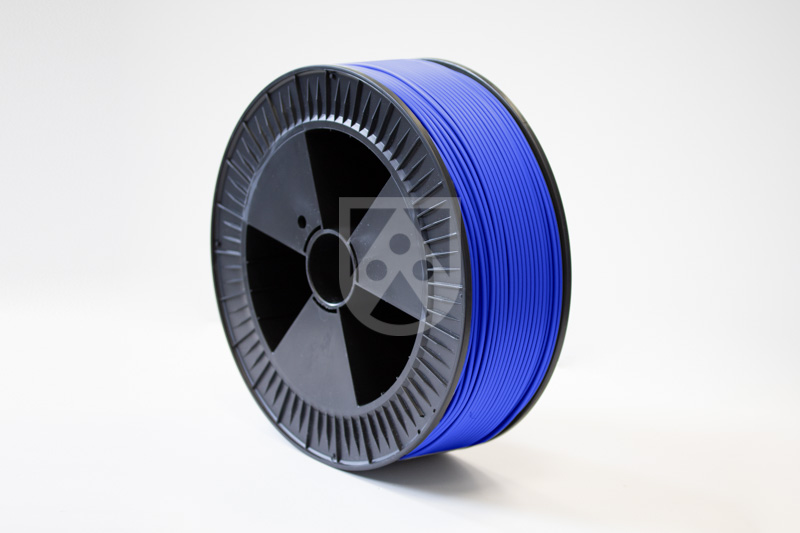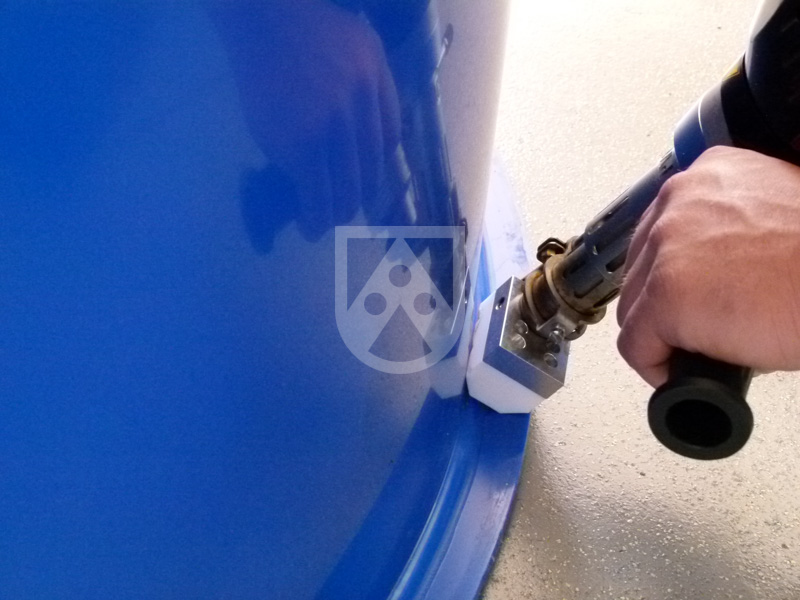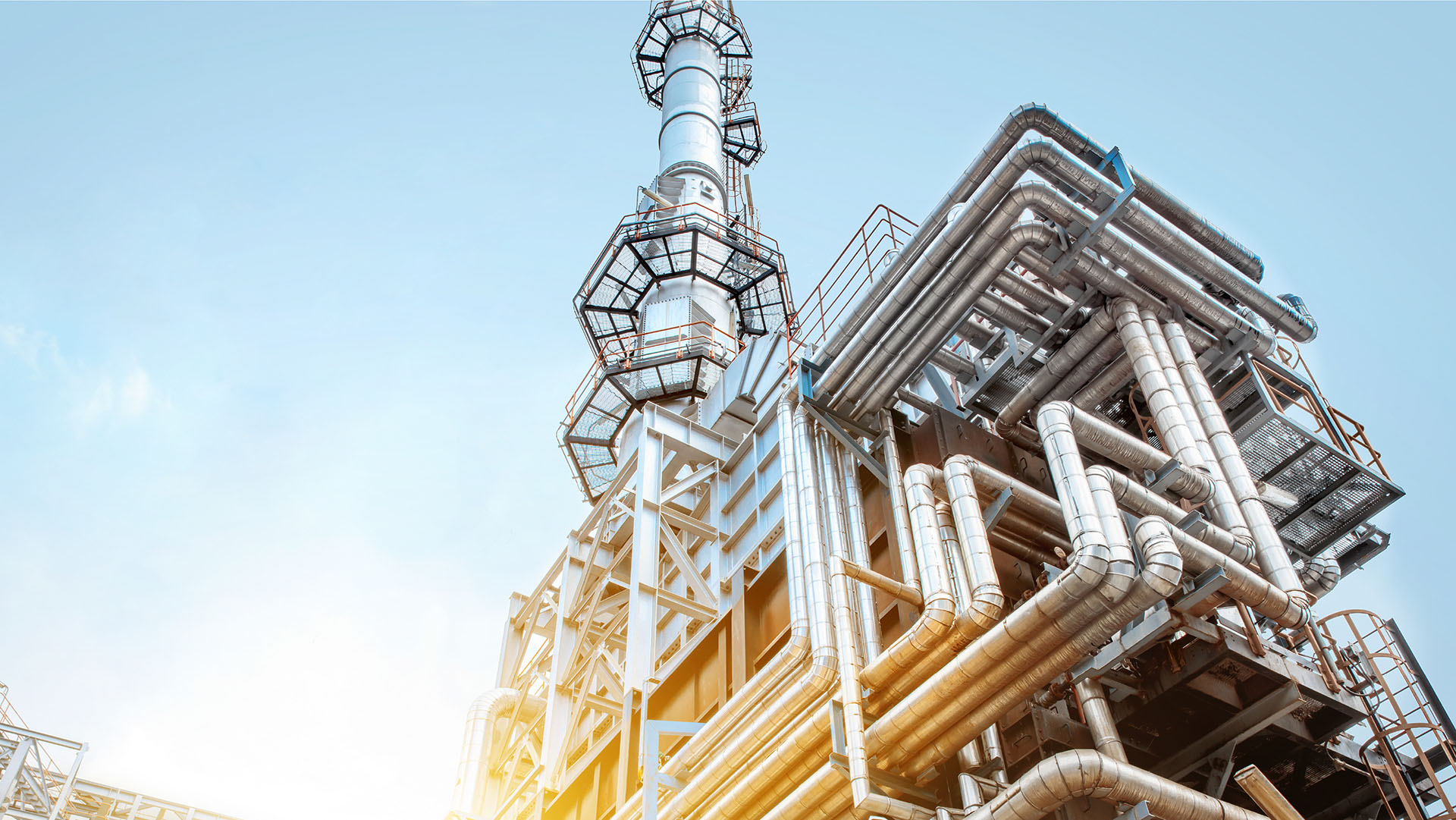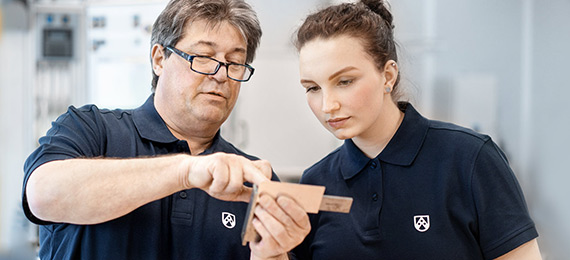The requirements for the heating element butt welding of PE80 and PE100 materials are described in DVS 2207-1 (08.15) in accordance with DIN 8074 and DIN 8075. Accordingly, "suitability within the melting mass flow rate MFF 190/5 of 0.3 to 1.7g/10min or 0.2 to 0.7g/10min can be taken as given.“
DVS 2207-11 (02.17) describes the requirements for the heating element butt welding of PP-H, PP-B and PP-R materials in accordance with DIN 8077 and DIN 8078. Accordingly, "suitability within the melting mass flow rate MFF 190/5 of 0.4 to 1.0g/10min can be taken as given. This range equals approximately the melting mass flow rate MFF 230/2.16 of 0.2 to 0.6g/10min.“
DVS 2207-15 (12.05) describes the requirements for the heating element butt welding of PVDF materials. Accordingly, "a suitability within the melting mass flow rate MFF 230/2.16 of 1.0 to 25g/10min can be taken as given for density 1.7 to 1.8g/cm³.“
Accordingly, "a suitability within the melting mass flow rate MFF 230/2.16 of 1.0 to 25g/10min can be taken as given for density 1.7 to 1.8g/cm³.“
If the materials to be joined comply with these requirements, it can be taken as given that both components can be welded together.
Furthermore, DVS 2207-1 states: "In the event of deviating melting mass flow rates, proof of suitability has to be provided based on a creep-behaviour in tension test in accordance with DVS 2203-4."
Proof of suitability is therefore not required if the melting mass flow rates are in the ranges specified above. The melting mass flow rates for the thermoplastic plastics produced for chemical container and plant engineering are listed in the technical data sheets and factory certificates.





![[''] ['']](/fileadmin/_processed_/b/b/csm_roe_chemischer_behaelter-_und_anlagenbau%401x_60d2d887c7.jpg)
![[''] ['']](/fileadmin/_processed_/d/0/csm_roe_trink-_und_abwassertechnik%401x_90dfb12eb9.jpg)









